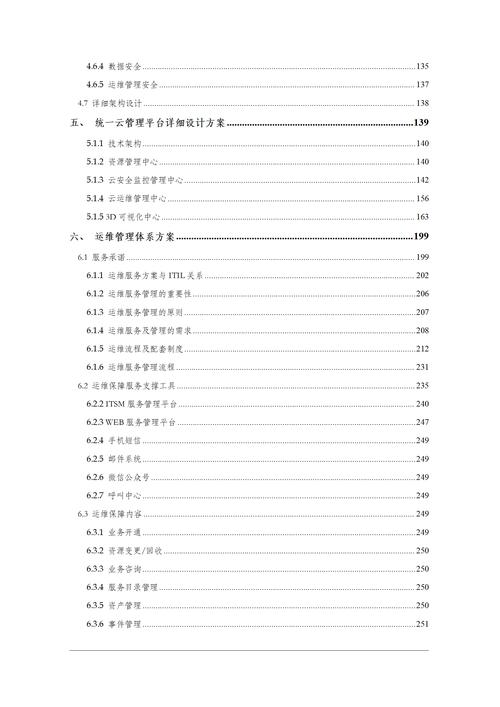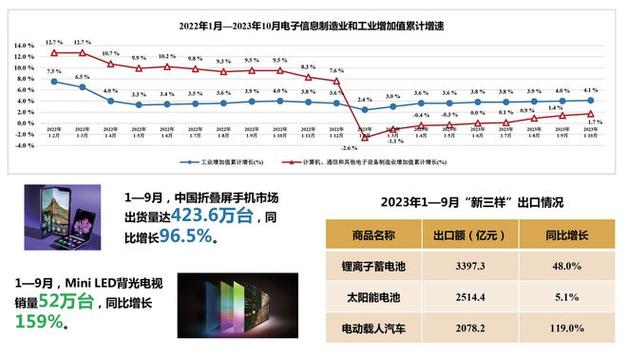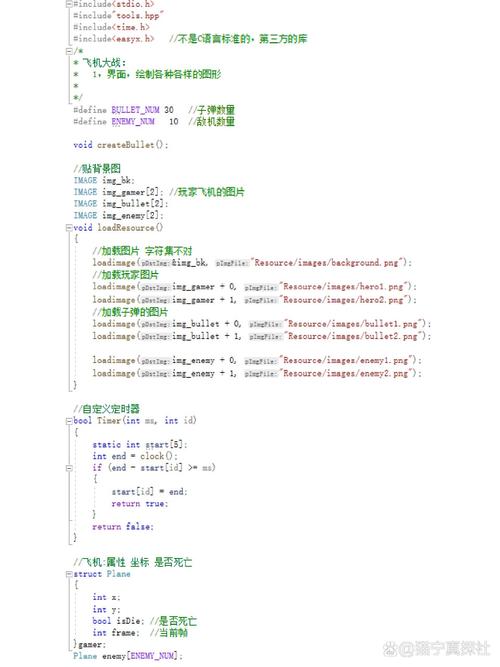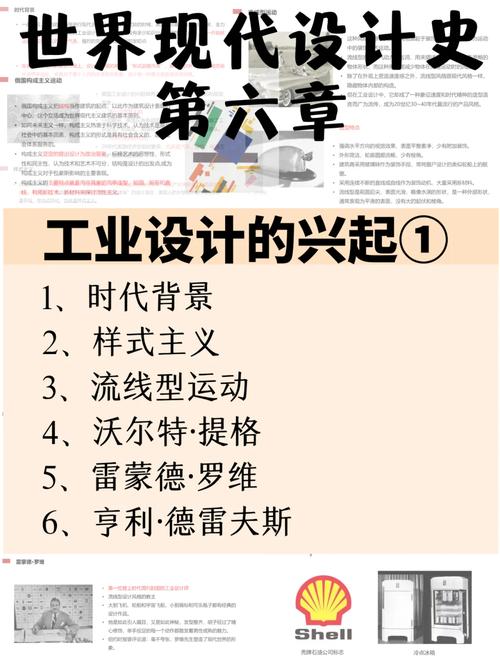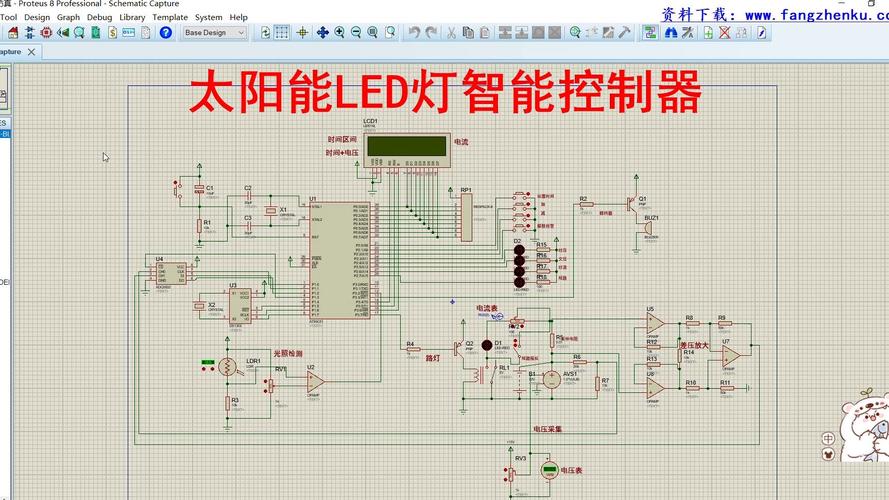在软件设计模式中,"接口层"通常指的是接口(Interfaces)这个概念,它是一种定义了类之间交互协议的结构。接口在面向对象编程中扮演着重要角色,有助于实现模块化、可扩展和可维护的代码。以下是接口层在软件设计模式中的一些常见使用情况:
策略模式(Strategy Pattern):策略模式用于定义一组算法,将每个算法封装成一个类,并使它们可以互相替换。接口用于定义算法的通用操作。具体的策略类实现了该接口,从而使客户端代码可以在运行时选择不同的策略来完成特定的任务。
class Strategy { execute() { throw new Error("This method should be overridden"); }}class ConcreteStrategyA extends Strategy { execute() { return "Strategy A"; }}class ConcreteStrategyB extends Strategy { execute() { return "Strategy B"; }}class Context { constructor(strategy) { this.strategy = strategy; } executeStrategy() { return this.strategy.execute(); }}const contextA = new Context(new ConcreteStrategyA());console.log(contextA.executeStrategy()); // Output: "Strategy A"const contextB = new Context(new ConcreteStrategyB());console.log(contextB.executeStrategy()); // Output: "Strategy B"观察者模式(Observer Pattern):
观察者模式用于构建对象间的一对多依赖关系,当一个对象状态发生改变时,其所有依赖对象都会得到通知并更新。主题(Subject)通常定义一个接口,观察者(Observer)实现该接口。这样,主题和观察者之间的交互就是通过接口进行的。
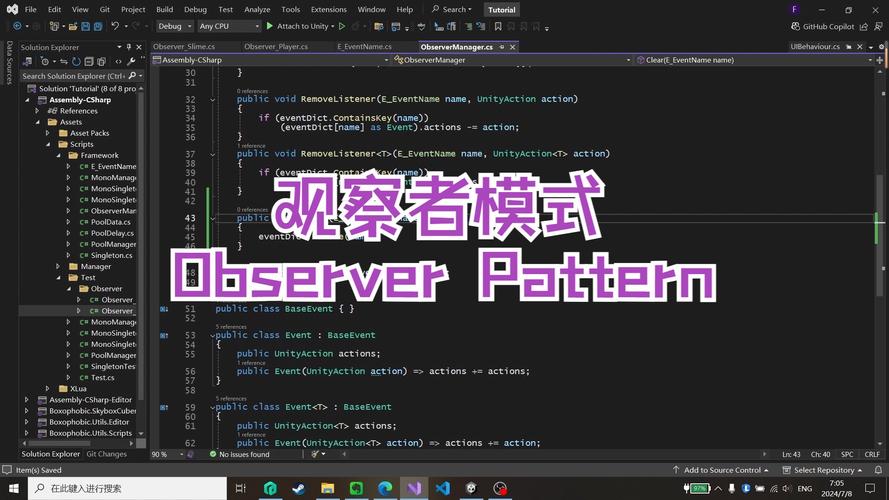
class Observer { update() { throw new Error("This method should be overridden"); }}class ConcreteObserverA extends Observer { update() { console.log("ConcreteObserverA received update."); }}class ConcreteObserverB extends Observer { update() { console.log("ConcreteObserverB received update."); }}class Subject { constructor() { this.observers = []; } addObserver(observer) { this.observers.push(observer); } notifyObservers() { this.observers.forEach(observer => observer.update()); }}const subject = new Subject();const observerA = new ConcreteObserverA();const observerB = new ConcreteObserverB();subject.addObserver(observerA);subject.addObserver(observerB);subject.notifyObservers();// Output:// "ConcreteObserverA received update."// "ConcreteObserverB received update."适配器模式(Adapter Pattern):
适配器模式用于使不兼容的接口能够协同工作。适配器类实现一个目标接口,它包装了一个已有的类(可能有不同的接口),使其能够与其他代码协同工作。
class Target { request() { throw new Error("This method should be overridden"); }}class Adaptee { specificRequest() { console.log("Adaptee's specific request"); }}class Adapter extends Target { constructor(adaptee) { super(); this.adaptee = adaptee; } request() { this.adaptee.specificRequest(); }}const adaptee = new Adaptee();const adapter = new Adapter(adaptee);adapter.request(); // Output: "Adaptee's specific request"模板方法模式(Template Method Pattern)
模板方法模式定义了一个算法框架,将某些步骤延迟到子类中实现。其中,抽象类通常会定义一个或多个抽象方法,子类实现这些抽象方法以完成算法的不同部分。
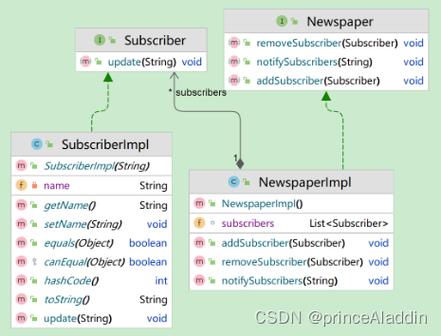
class AbstractClass { templateMethod() { this.step1(); this.step2(); } step1() { throw new Error("This method should be overridden"); } step2() { throw new Error("This method should be overridden"); }}class ConcreteClass extends AbstractClass { step1() { console.log("ConcreteClass: Step 1"); } step2() { console.log("ConcreteClass: Step 2"); }}const concreteInstance = new ConcreteClass();concreteInstance.templateMethod();// Output:// "ConcreteClass: Step 1"// "ConcreteClass: Step 2"工厂模式(Factory Pattern)
工厂模式通过提供一个接口来创建对象,而不需要暴露对象的具体实现。客户端通过工厂接口请求对象,工厂实现类负责实例化具体的对象。
// 定义图形接口class Shape { draw() { throw new Error("This method should be overridden"); }}// 实现具体的图形类class Circle extends Shape { draw() { return "Drawing a circle"; }}class Rectangle extends Shape { draw() { return "Drawing a rectangle"; }}// 定义图形工厂class ShapeFactory { createShape(type) { if (type === "circle") { return new Circle(); } else if (type === "rectangle") { return new Rectangle(); } else { throw new Error("Invalid shape type"); } }}// 客户端代码const shapeFactory = new ShapeFactory();const circle = shapeFactory.createShape("circle");const rectangle = shapeFactory.createShape("rectangle");console.log(circle.draw()); // Output: "Drawing a circle"console.log(rectangle.draw()); // Output: "Drawing a rectangle"迭代器模式(Iterator Pattern)
迭代器模式用于提供一种遍历集合元素的方式,而不需要暴露集合内部的表示。通常使用一个迭代器接口来定义遍历方法,具体的集合类实现这个接口以提供遍历功能。
class Iterator { constructor(collection) { this.collection = collection; this.index = 0; } hasNext() { return this.index < this.collection.length; } next() { if (this.hasNext()) { return this.collection[this.index++]; } return null; }}const collection = [1, 2, 3, 4, 5];const iterator = new Iterator(collection);while (iterator.hasNext()) { console.log(iterator.next());}// Output:// 1// 2// 3// 4// 5代理模式(Proxy Pattern)
代理模式用于控制对对象的访问。代理类实现一个与被代理对象相同的接口,客户端通过代理类来访问被代理的对象。代理可以在访问对象之前或之后执行额外的操作,如权限检查或缓存。
class RealSubject { request() { console.log("RealSubject handles request."); }}class Proxy { constructor(realSubject) { this.realSubject = realSubject; } request() { if (this.checkAccess()) { this.realSubject.request(); this.logAccess(); } } checkAccess() { console.log("Proxy: Checking access before request."); return true; // Simulate access check } logAccess() { console.log("Proxy: Logging the request."); }}const realSubject = new RealSubject();const proxy = new Proxy(realSubject);proxy.request();// Output:// "Proxy: Checking access before request."// "RealSubject handles request."// "Proxy: Logging the request."
这些只是接口在软件设计模式中的一些典型应用场景。接口有助于减少耦合、提高代码的可复用性和可测试性,使系统更加灵活和可扩展。通过定义良好的接口,可以实现代码的模块化,使不同的部分可以独立开发和维护。

